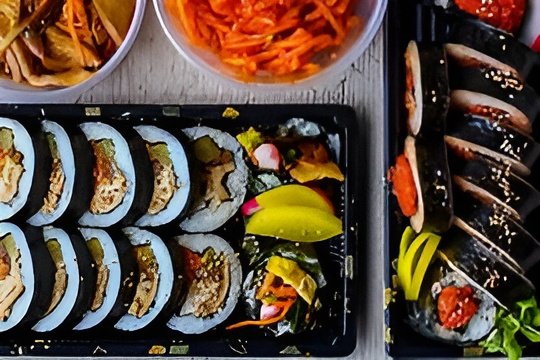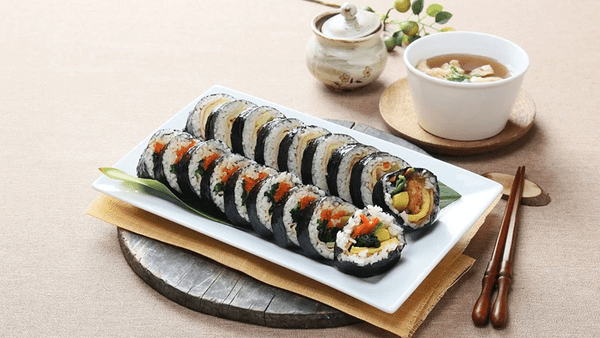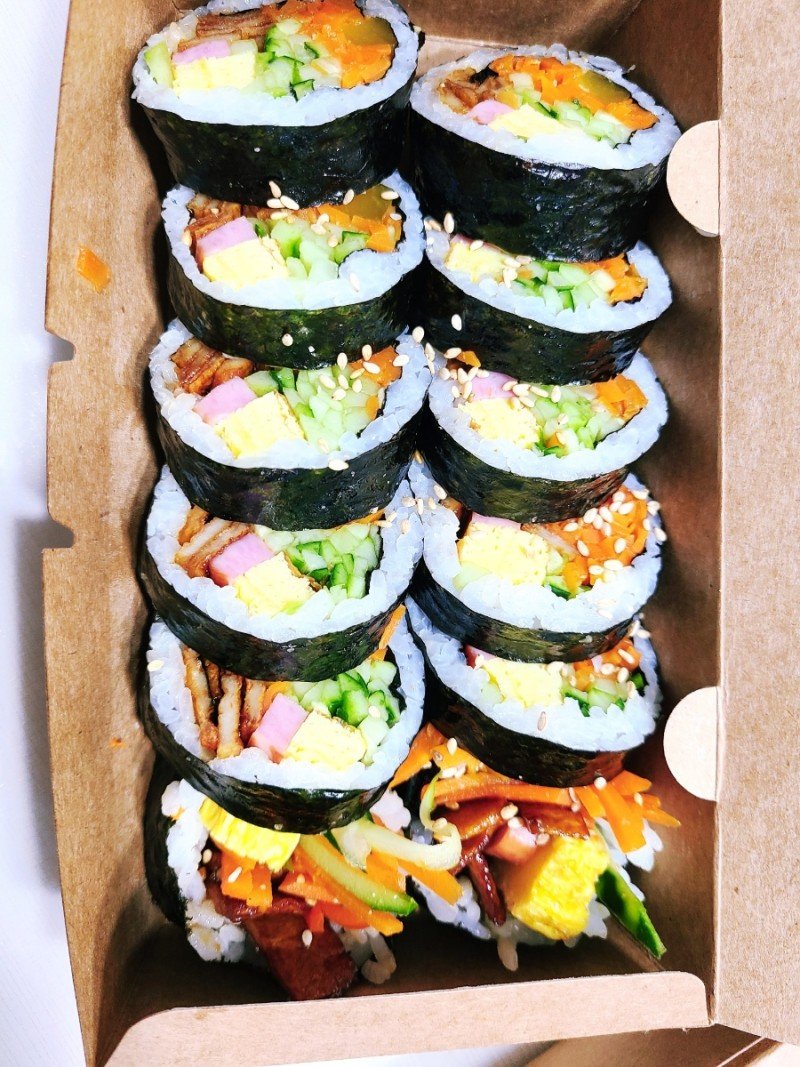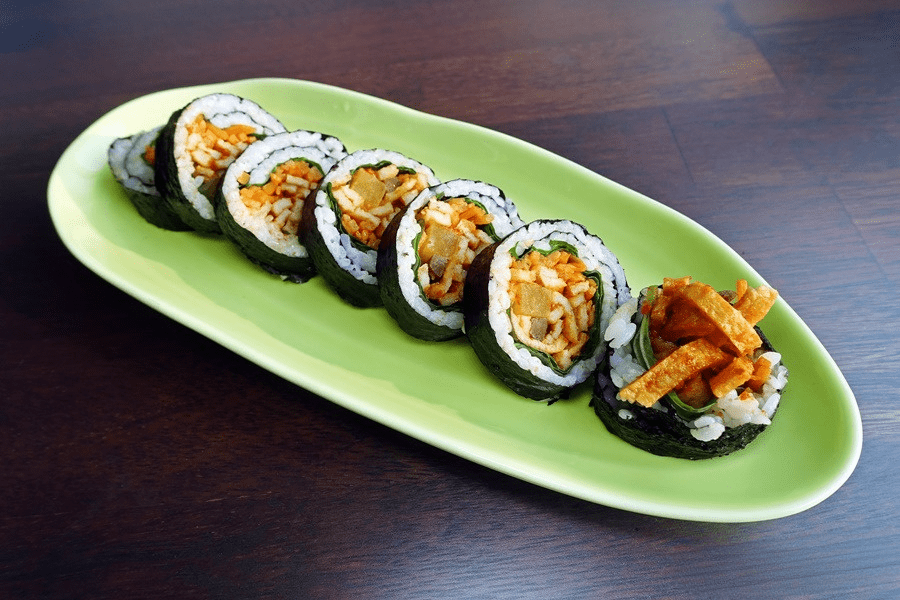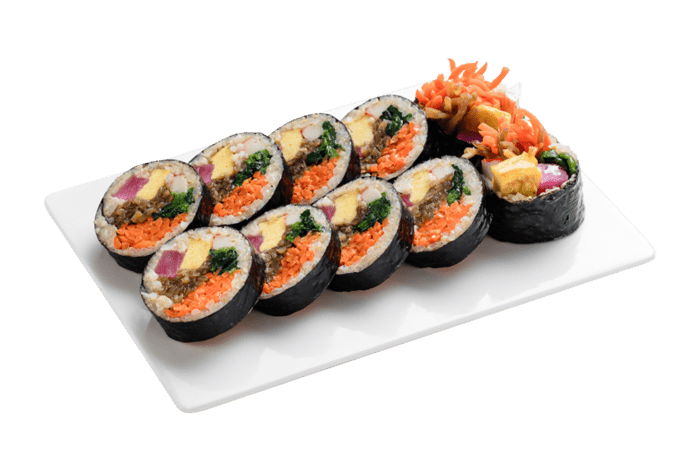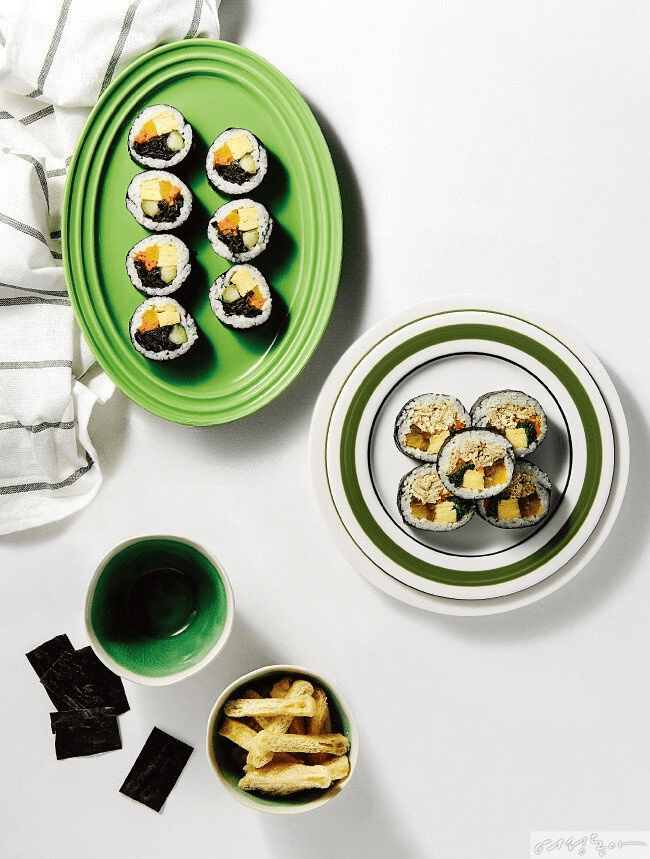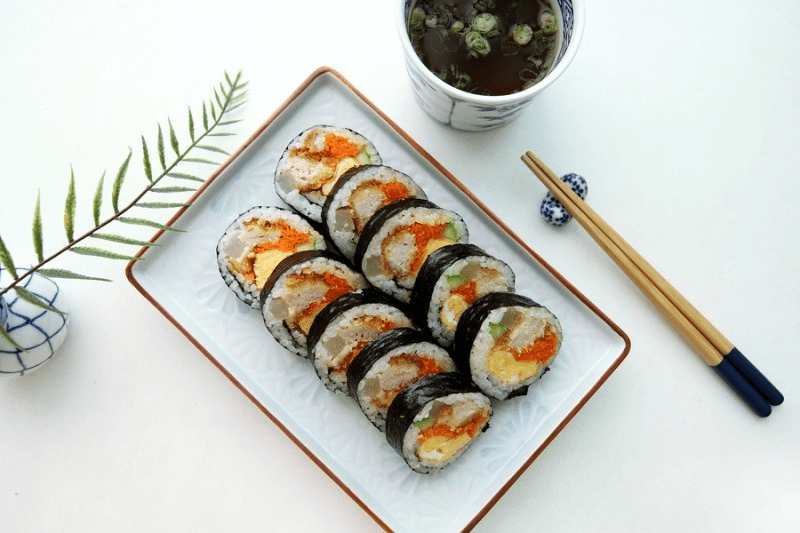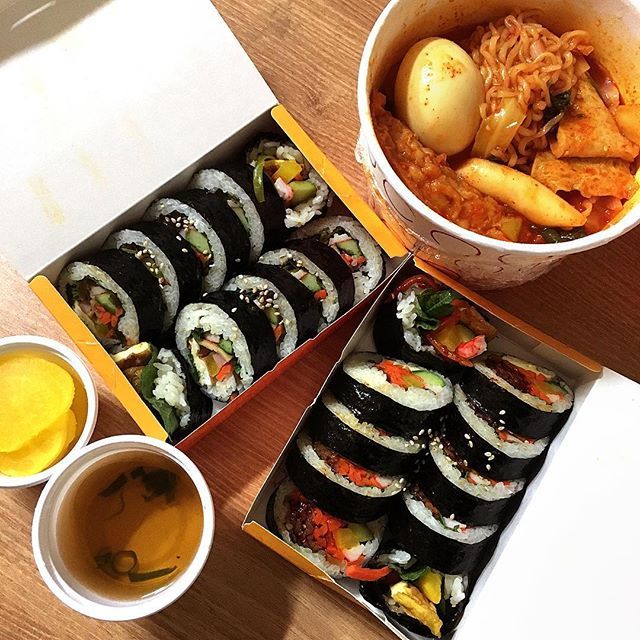중전마마 김밥 (Queen Kimbap)
중전마마 김밥
중전마마 김밥, also known as Jeongjeon Mama Kimbap, is a popular Korean dish that has gained recognition both locally and internationally. This culinary delight is a type of kimbap, a staple in Korean cuisine, which is essentially a roll of cooked rice and various fillings wrapped in seaweed.
The name "중전마마 김밥" translates to "Queen Kimbap," and it holds cultural significance. Historically, kimbap was considered a common, everyday food for the working class in Korea. However, this particular variation, 중전마마 김밥, emerged as a higher-quality version, reflecting the tastes and preferences of the middle class and higher class.
The preparation of 중전마마 김밥 is relatively simple, although attention to detail is crucial. The process begins with cooking rice, which is then seasoned with a mixture of sesame oil and salt. The rice is then spread evenly over a sheet of roasted seaweed, leaving a slight margin at one end.
The fillings for 중전마마 김밥 can vary, but common ingredients include bulgogi (marinated beef), sautéed vegetables such as carrots, spinach, and pickled radish, as well as Korean-style omelet strips. These fillings are placed on top of the rice in a neat and organized manner.
Once the fillings are in place, the rolling process begins. Starting from the edge closest to the fillings, the seaweed and rice are carefully rolled into a tight cylinder. To ensure the kimbap stays intact, a bamboo sushi mat is often used to provide support during the rolling process.
After the roll is complete, it is typically sliced into bite-sized pieces, usually between 1-2 centimeters thick. The result is a visually appealing assortment of colorful fillings wrapped in a layer of seaweed and rice. These bite-sized pieces can be served on their own or accompanied by kimchi, soy sauce, or other condiments for added flavor.
중전마마 김밥 has gained popularity not only for its delicious taste but also for its convenience and versatility. It is often enjoyed as a snack, light lunch, or picnic food, and it can be found in Korean street food stalls, restaurants, and even school cafeterias.
In recent years, 중전마마 김밥 has become a popular export, with Korean expatriate communities and Korean food enthusiasts around the world embracing its flavors. It has found a place in international markets, contributing to the global recognition of Korean cuisine as a whole.
In conclusion, 중전마마 김밥 is a classic Korean dish that showcases the artistry and flavors of Korean cuisine. Its unique combination of cooked rice, various fillings, and roasted seaweed offers a satisfying, portable meal option for people of all walks of life. Whether enjoyed as a quick snack or part of a larger meal, 중전마마 김밥 is sure to delight your taste buds with its rich flavors and textures.
